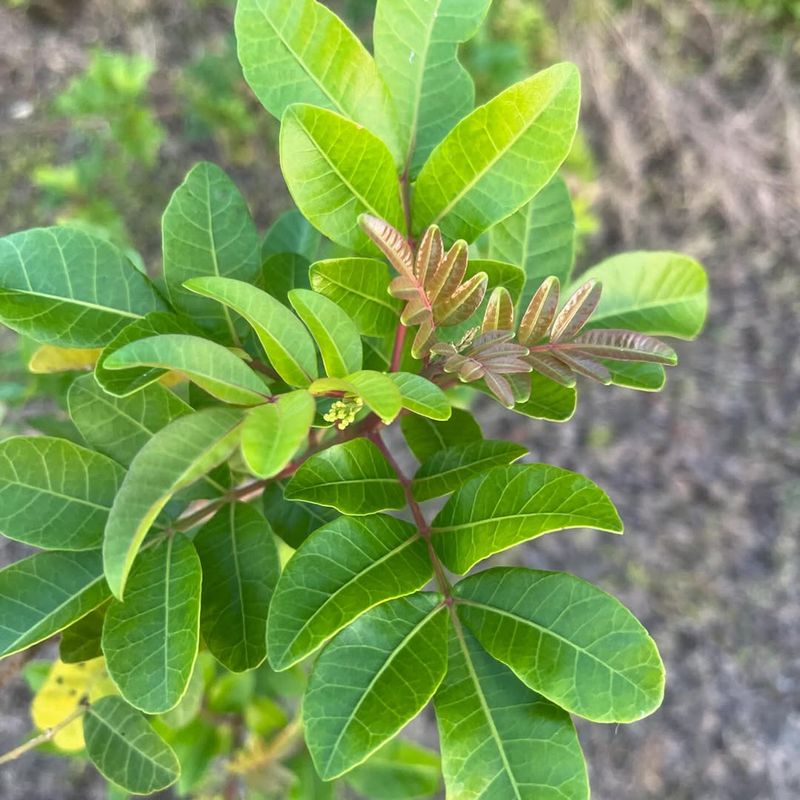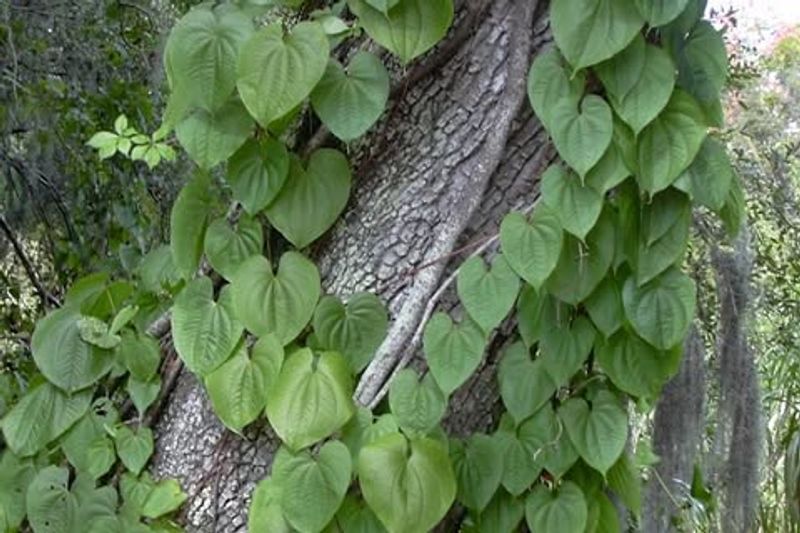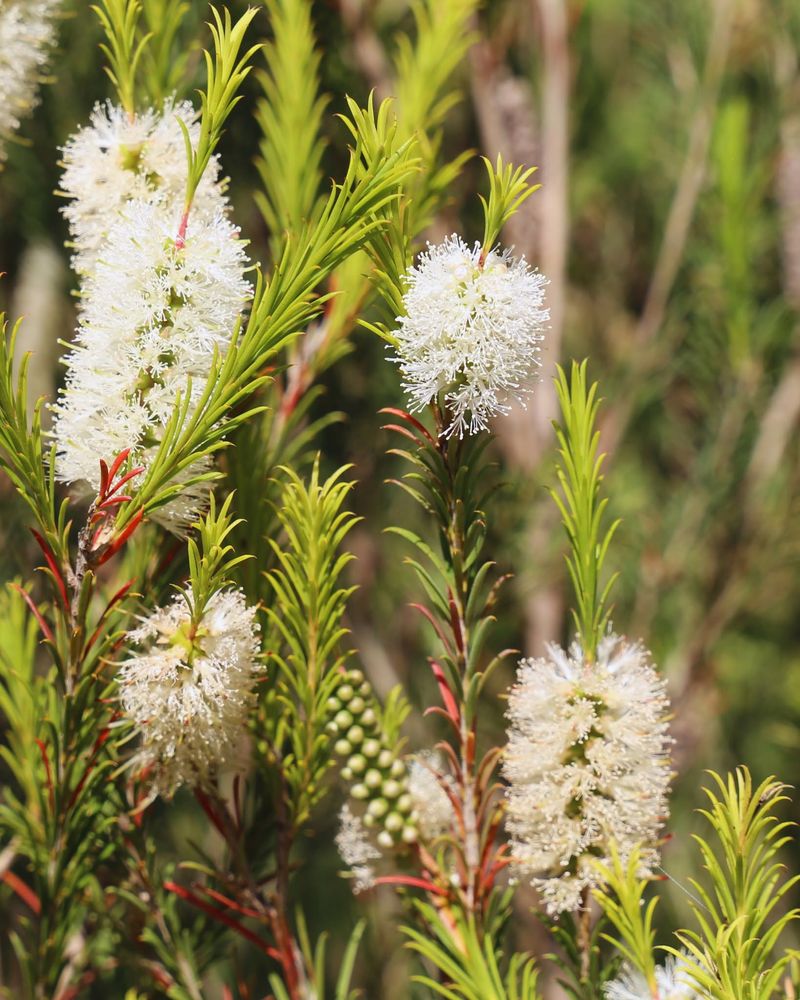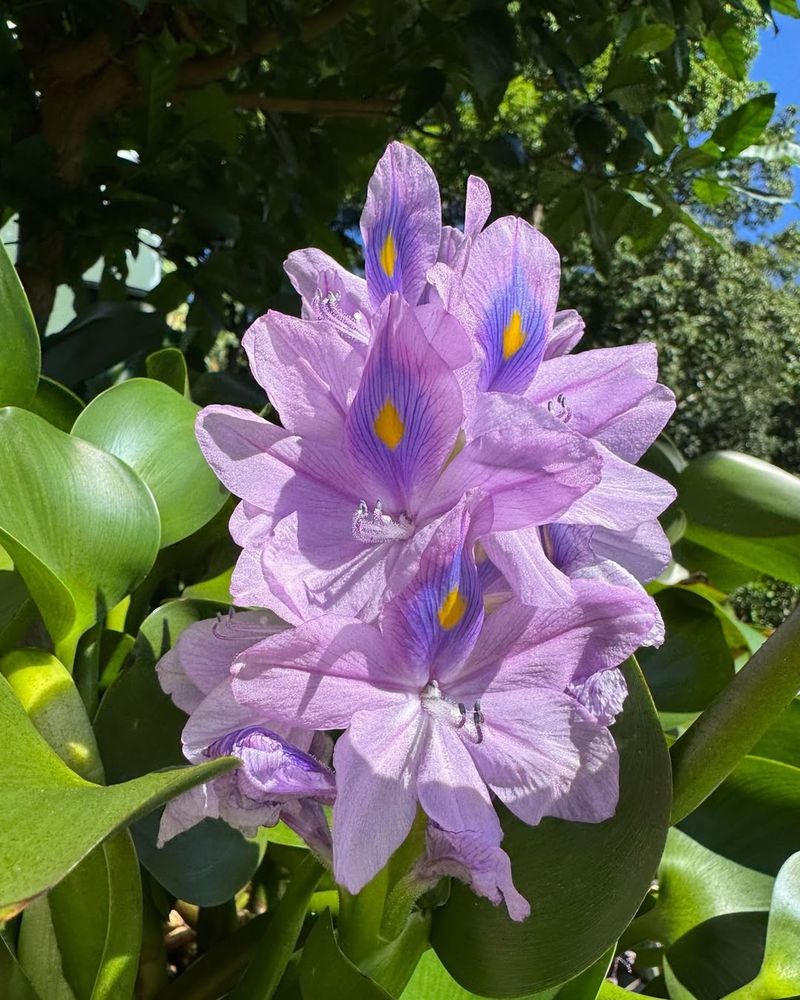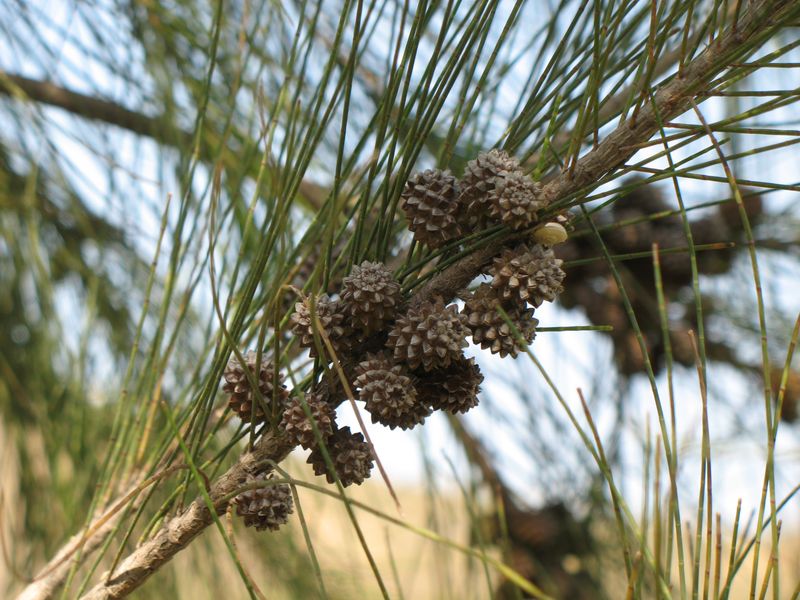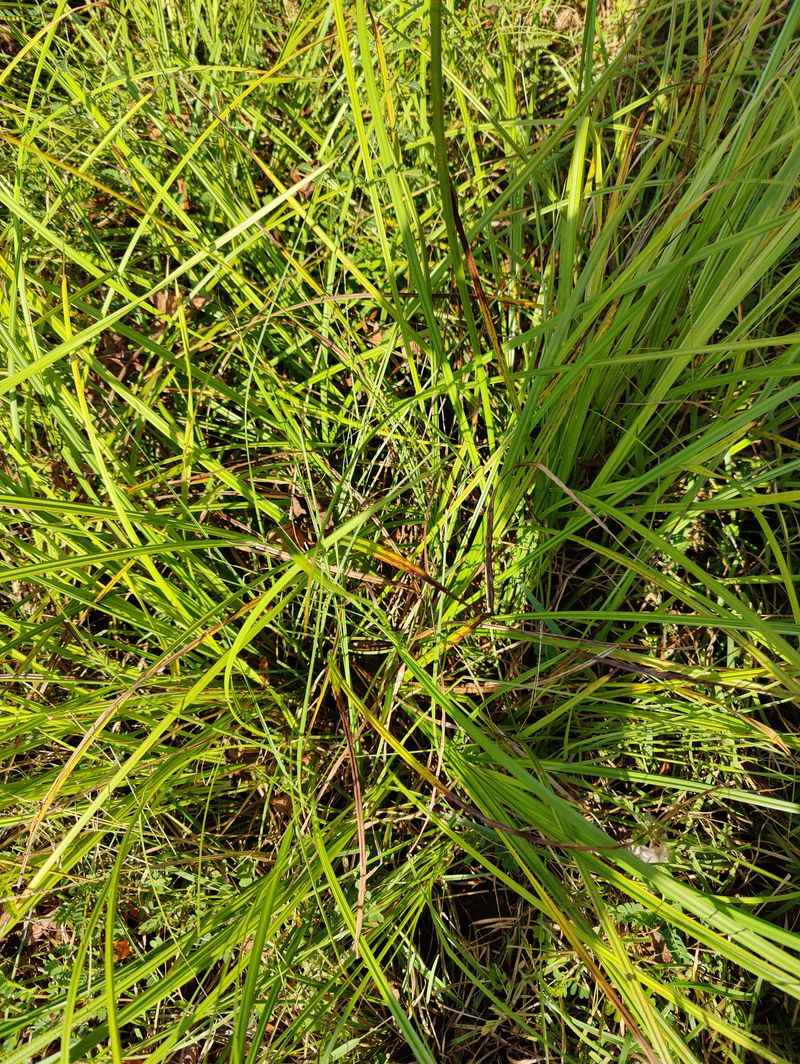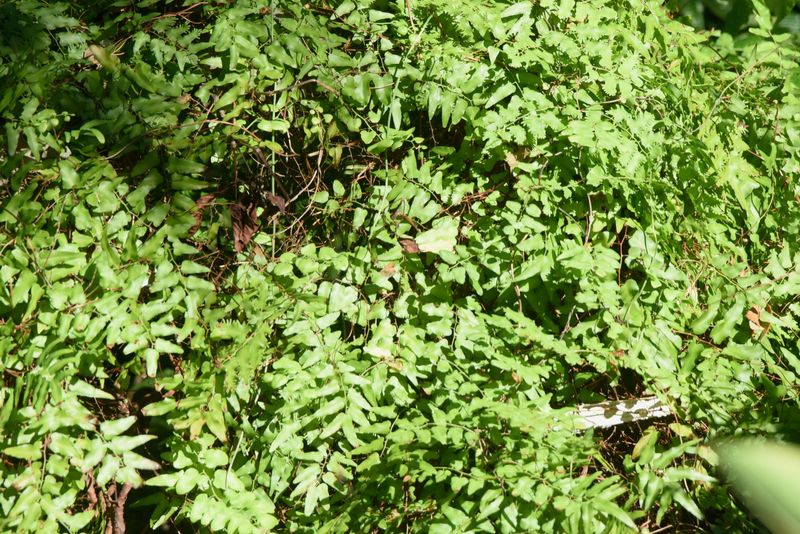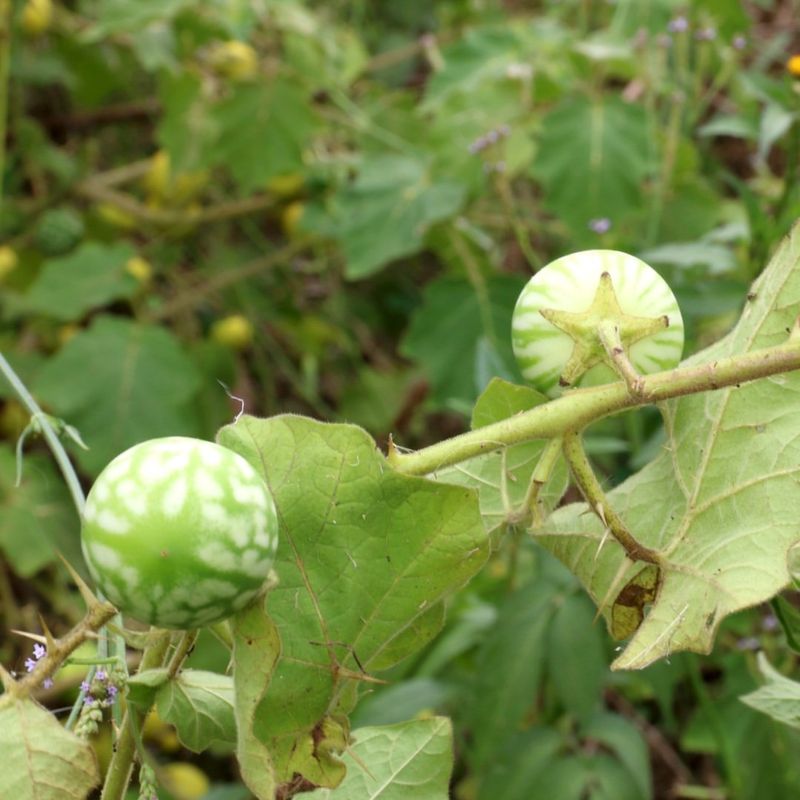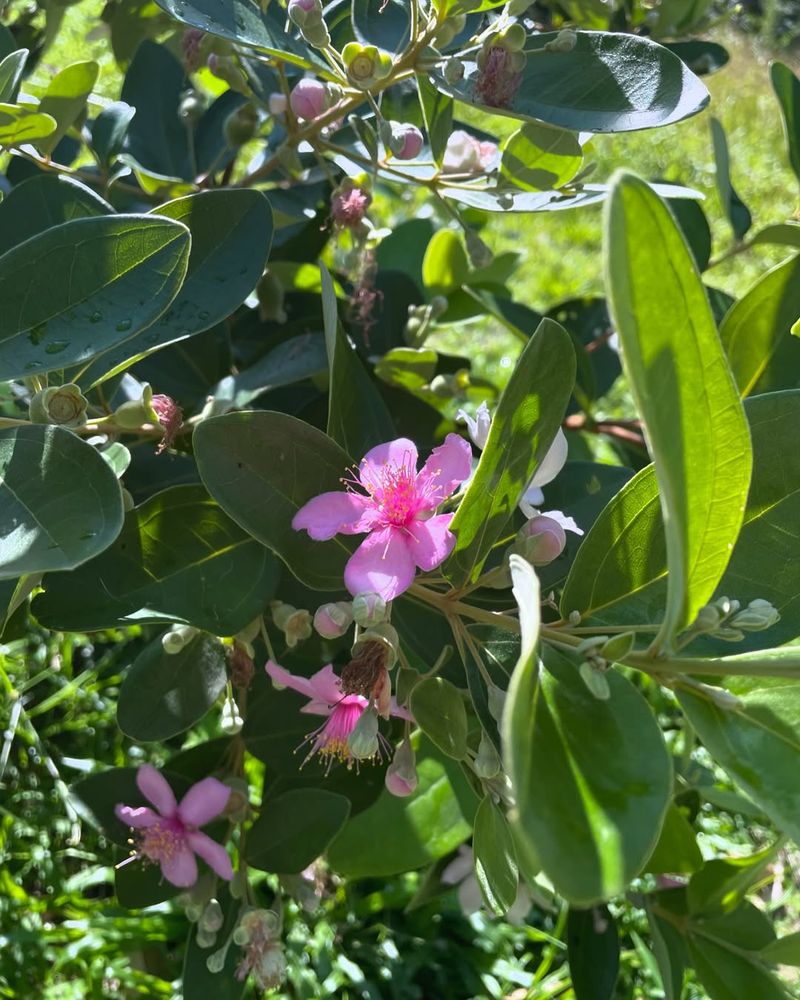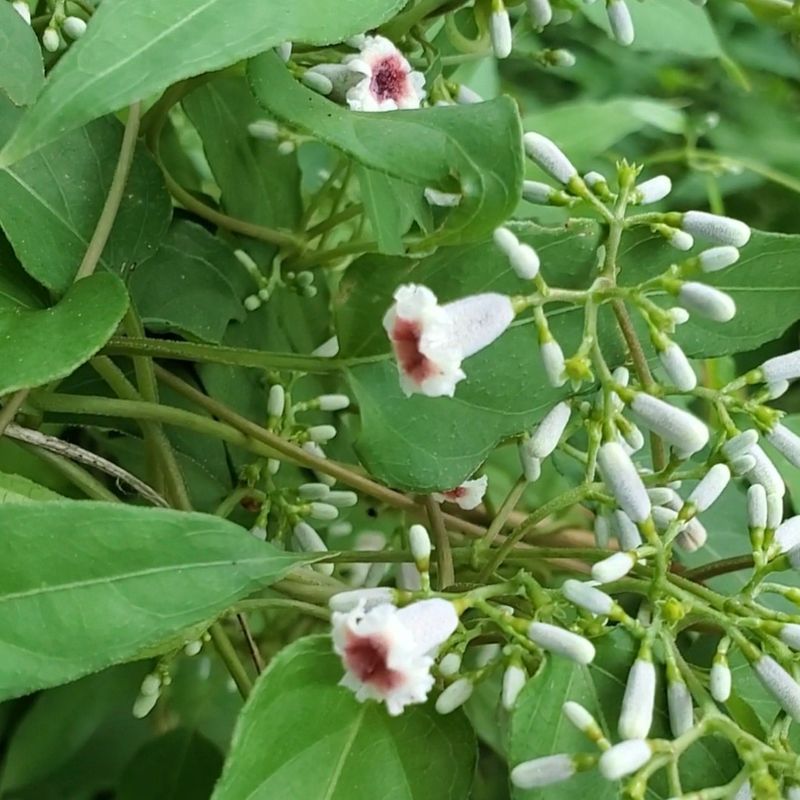Florida’s warm climate makes it a paradise for growing all kinds of plants, but not every species is welcome in the Sunshine State. Some plants can spread out of control, harm native wildlife, or damage ecosystems if left unchecked.
Knowing which plants are restricted or banned helps you make smarter gardening choices and protect Florida’s natural beauty.
1. Brazilian Pepper Tree
Brought to Florida as an ornamental plant, this tree quickly became one of the state’s worst invasive nightmares. Its bright red berries look festive, but they spread like wildfire through birds that eat and disperse the seeds everywhere.
Brazilian pepper crowds out native plants and creates dense thickets that choke wetlands and coastal areas. The sap can cause skin irritation and respiratory problems in sensitive people.
Growing or planting this tree is illegal throughout Florida, and removal is strongly encouraged.
2. Air Potato Vine
Picture a vine that grows up to eight inches per day and smothers everything in its path. Air potato produces bulbils that look like small potatoes hanging from the vines, and each one can sprout a new plant.
Originally from Asia and Africa, it forms blankets over trees and shrubs, blocking sunlight and killing native vegetation underneath.
The vine is prohibited in Florida because it spreads aggressively through both bulbils and underground tubers, making it nearly impossible to control once established.
3. Melaleuca
Also called the paper bark tree, melaleuca seemed like a great idea for drying out the Everglades back in the early 1900s. Fast forward to today, and it’s consumed over 500,000 acres of South Florida wetlands.
Each tree produces millions of tiny seeds that spread easily by wind and water. Melaleuca changes soil chemistry, increases fire risk, and pushes out native sawgrass and other important wetland plants.
Planting or cultivating this tree is banned statewide due to its devastating environmental impact.
4. Water Hyacinth
With its lovely purple blooms, water hyacinth might seem like a pretty addition to ponds and lakes. Unfortunately, beauty can be deceiving when it comes to this floating menace.
Water hyacinth doubles its population every two weeks under ideal conditions, forming thick mats that block sunlight and oxygen from reaching underwater life. Fish and other aquatic creatures suffocate beneath these dense carpets.
Florida law prohibits possession, sale, and transport of this plant because it clogs waterways and costs millions in removal efforts annually.
5. Australian Pine
Despite its name, Australian pine isn’t actually a pine tree at all but a member of the casuarina family. Coastal communities planted these fast-growing trees for windbreaks and shade, but they’ve become coastal troublemakers.
Their shallow roots make them topple easily during storms, creating hazards and damaging property. Australian pines drop needle-like leaves that change soil chemistry and prevent native dune vegetation from growing.
Beach-nesting sea turtles and shorebirds lose critical habitat when these trees take over. Florida restricts planting them in many coastal areas.
6. Cogongrass
Considered one of the world’s top ten worst weeds, cogongrass spreads through underground roots and airborne seeds with remarkable efficiency. A single plant can produce thousands of seeds that travel for miles on the wind.
This grass burns extremely hot, increasing wildfire intensity and frequency while damaging native plants that aren’t adapted to such fierce flames.
Cogongrass offers little nutritional value to wildlife and livestock. Its razor-sharp leaves can cut skin easily. Florida law prohibits introducing, possessing, or transporting this aggressive invader.
7. Old World Climbing Fern
Imagine a fern that acts more like a strangling vine than a delicate woodland plant. Old World climbing fern can grow over 90 feet long, draping itself over trees and forming curtains of greenery that collapse entire canopies.
Its spores spread easily by wind, water, and on clothing or equipment, making containment extremely difficult. During wildfires, the fern creates vertical fuel ladders that carry flames into tree crowns, intensifying fire damage.
Possession and sale are prohibited in Florida because this fern threatens natural areas and pine forests statewide.
8. Hydrilla
Often called the perfect aquatic weed, hydrilla grows incredibly fast and adapts to almost any water condition. Small fragments break off easily and each piece can start a whole new colony downstream.
Hydrilla produces tubers, turions, and fragments that all spread the plant, making eradication nearly impossible once it establishes itself. Dense growth interferes with boating, swimming, and fishing while harming native aquatic plants and fish populations.
Florida prohibits possession and sale of hydrilla due to its aggressive takeover of lakes, rivers, and canals throughout the state.
9. Tropical Soda Apple
Covered in sharp spines and producing fruit that cattle accidentally spread through their droppings, tropical soda apple invades pastures and natural areas with alarming speed. Each plant can produce 50,000 seeds annually that remain viable for years.
Ranchers hate this plant because it reduces forage quality and the spines injure livestock. Birds and wildlife also spread seeds after eating the yellow-striped berries.
Tropical soda apple forms dense thickets that crowd out desirable vegetation. Florida requires reporting and removal of this noxious weed wherever it appears.
10. Downy Rose Myrtle
Native to Asia, downy rose myrtle produces attractive pink flowers and edible purple berries that appeal to birds and gardeners alike. However, its good looks hide a serious invasive threat to Florida’s natural areas.
Birds eat the berries and spread seeds far and wide, allowing the shrub to invade pine flatwoods, scrub habitats, and disturbed sites. Downy rose myrtle forms dense stands that exclude native plants and alter fire patterns.
Florida prohibits sale and planting of this species because it threatens rare plant communities and native ecosystems throughout central and southern regions.
11. Lygodium Ferns
Both Japanese and Old World climbing ferns belong to the lygodium genus, and both wreak havoc in Florida’s natural areas. Japanese climbing fern produces delicate, triangular fronds that belie its aggressive climbing nature.
Like its Old World cousin, Japanese climbing fern smothers trees and shrubs while creating dangerous wildfire fuel ladders. Millions of microscopic spores spread on the slightest breeze, allowing rapid colonization of new areas.
Hikers and land managers unknowingly transport spores on boots and equipment. Florida bans cultivation and sale of all lygodium species to protect forests and wetlands from further invasion.
12. Skunk Vine
Break a leaf or stem of this vine and you’ll immediately understand how it got its name. Skunk vine releases a powerful, unpleasant odor when damaged, but the smell is the least of Florida’s concerns with this invader.
Originally from Asia, skunk vine climbs over shrubs and small trees, forming dense tangles that block sunlight and kill plants underneath. It spreads through seeds, root fragments, and stem pieces that root wherever they touch soil.
Florida prohibits possession and transport of skunk vine because it invades natural areas, yards, and agricultural lands with remarkable persistence.


